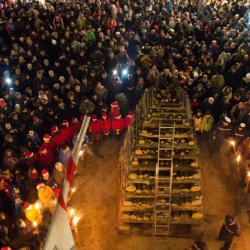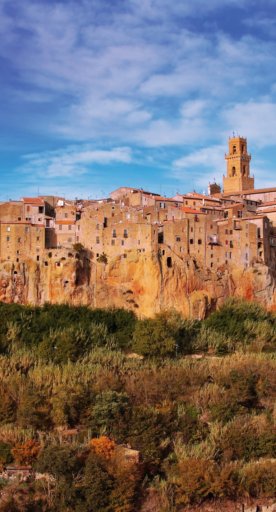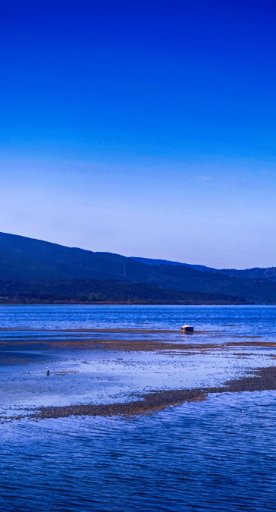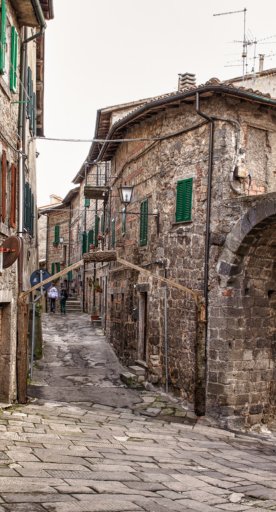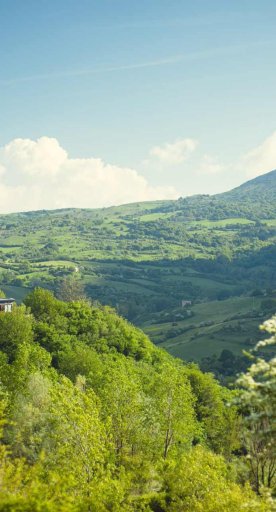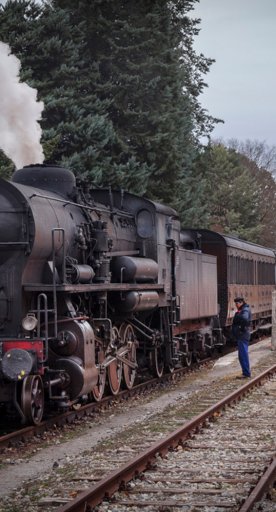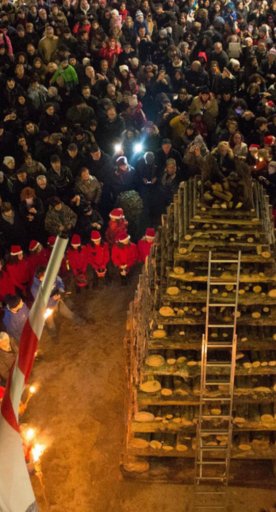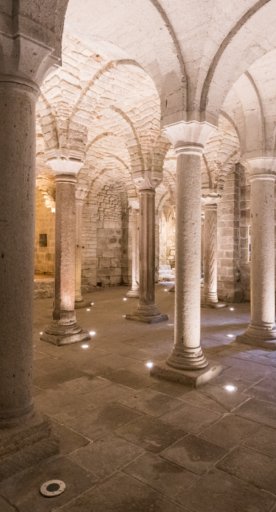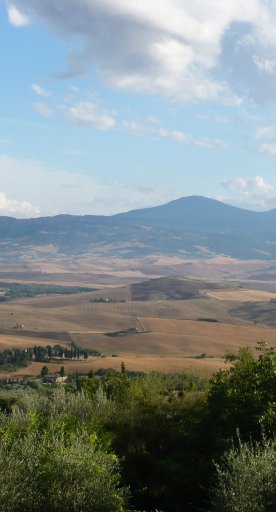

What to do on Mount Amiata in winter
Ideas for a winter trip to the extinct volcano in Tuscany
When the autumn colors fade, the season of white begins. Amiata becomes an even more fascinating destination, ideal for those seeking authentic places. The magic of the forest and its winter creaks, the motionless layer of snow: this is the essence of winter in Amiata.
Those who visit Mount Amiata in winter will have plenty of activities to try, providing rewarding and memorable experiences. Let's see some of them together!
-
1.Go wild on the ski slopes or try snowshoeing
-
2.Exploring medieval villages
-
3.Participating in traditional events
-
4.Tasting typical Amiata products
Go wild on the ski slopes or try snowshoeing

Mount Amiata went extinct between 300 and 200 thousand years ago. Today, this extinct volcano is rich in lush beech forests, within which cross-country ski tracks and forest roads wind their way. Situated between the Maremma and Val d'Orcia, Amiata is easily reached from all over central Italy and has enviable winter facilities.
Sports enthusiasts can take advantage of it by going on guided excursions with snowshoes, during the day or at night, or by practicing Nordic Walking.
There is of course no shortage of ski lifts, equipment and slopes for skiing. In fact, the Mount Amiata Ski Area offers 10 km of alpine ski slopes, with 8 ski lifts and 10.5 km of Nordic ski slopes.
To find some warmth and comfort after a day in the snow, you can choose one of the many accommodation facilities in the area. You can stay at the top of the mountain or descend to the villages, towards Abbadia San Salvatore, Arcidosso, Castel del Piano, Santa Fiora or Seggiano.
Exploring medieval villages

Around Mount Amiata, you can visit many characteristic medieval villages. Guardians of ancient history, art and traditions, the Amiata villages are still authentic places for those who want to get away from the city life for a while.
In Abbadia San Salvatore, for example, it is possible to visit an ancient Lombard abbey, built in 750, or retrace the history of mercury mines and miners through the Mining Museum Park.
Santa Fiora, one of the most beautiful villages in Italy, is another place to get lost in, perched on a trachyte cliff and surrounded by chestnut trees. Here, it is impossible not to be enchanted by the Church of the Madonna della Neve (Virgin of the Snow) and the Peschiera, the large pool that lies right next to the building.
Witness to numerous battles, Mount Amiata was strategically important in the old days. That is why, exploring its villages, it is impossible not to notice that it is still full of medieval walls and fortifications. One example is the Aldobrandeschi Fortress of Piancastagnaio, which dominates the entire area, or the Castle of Arcidosso, which today houses the Museum of Medieval Landscape.
Participating in traditional events

In this season, traditions also become more alive in the Amiata villages: each village has in fact a calendar of festivals of ancient origins, such as the “Befanate” (Befana festival) and the festival of “Carnevale morto” (Dead Carnival).
However, the period in which Amiata takes on its most fairytale-like aspect is Christmas. The bonfires and torchlight processions that are lit in the early evening illuminate the villages, immersing them in a unique atmosphere that takes us back in time. In Abbadia San Salvatore, the “City of Torches”, one of Italy's oldest fire festivals is celebrated, involving the entire community and whose history dates to before the year 1000. The torches, pyramid-shaped stacks of wood, are distributed in various places in the historic center while waiting for Christmas Eve night, when they are set alight.
Tasting typical Amiata products

Those who love to taste the flavors of the territory during a trip will find many pleasant surprises in Amiata. After a day of skiing, snowshoeing or walking through the villages, the ideal thing to do is to take a break and taste local dishes and products.
Amiata is the production territory of PDO Tuscan Pecorino, which boasts a very ancient cheese-making tradition. It is possible to combine this cheese with a red wine, for example the prestigious Montecucco.
Amiata's outstanding products also include truffles, particularly in the Castell'Azzara area, where the “king of the woods” boasts a unique aroma that enriches traditional dishes.
From the over 100-year-old olive trees growing at the foot of the mountain, on the other hand, the Seggiano PDO extra virgin olive oil is made, a high-end product obtained from the “Olivastra Saggianese” cultivar. In 2012, in Seggiano, the Museum of Oil was also established, a “diffuse museum” project that winds its way through the village.
Among the culinary specialties, the salted biscuit of Roccalbegna, hard and crumbly with a particular flake shape, is worth a try, while at the end of the meal we can enjoy the “brecciotto”, flavored with anise. Typical of Abbadia San Salvatore, however, is the “ricciolina”, a circular-shaped cake that, in a casket of short pastry, is filled with a heart of chocolate and nuts, all topped with a soft meringue.
